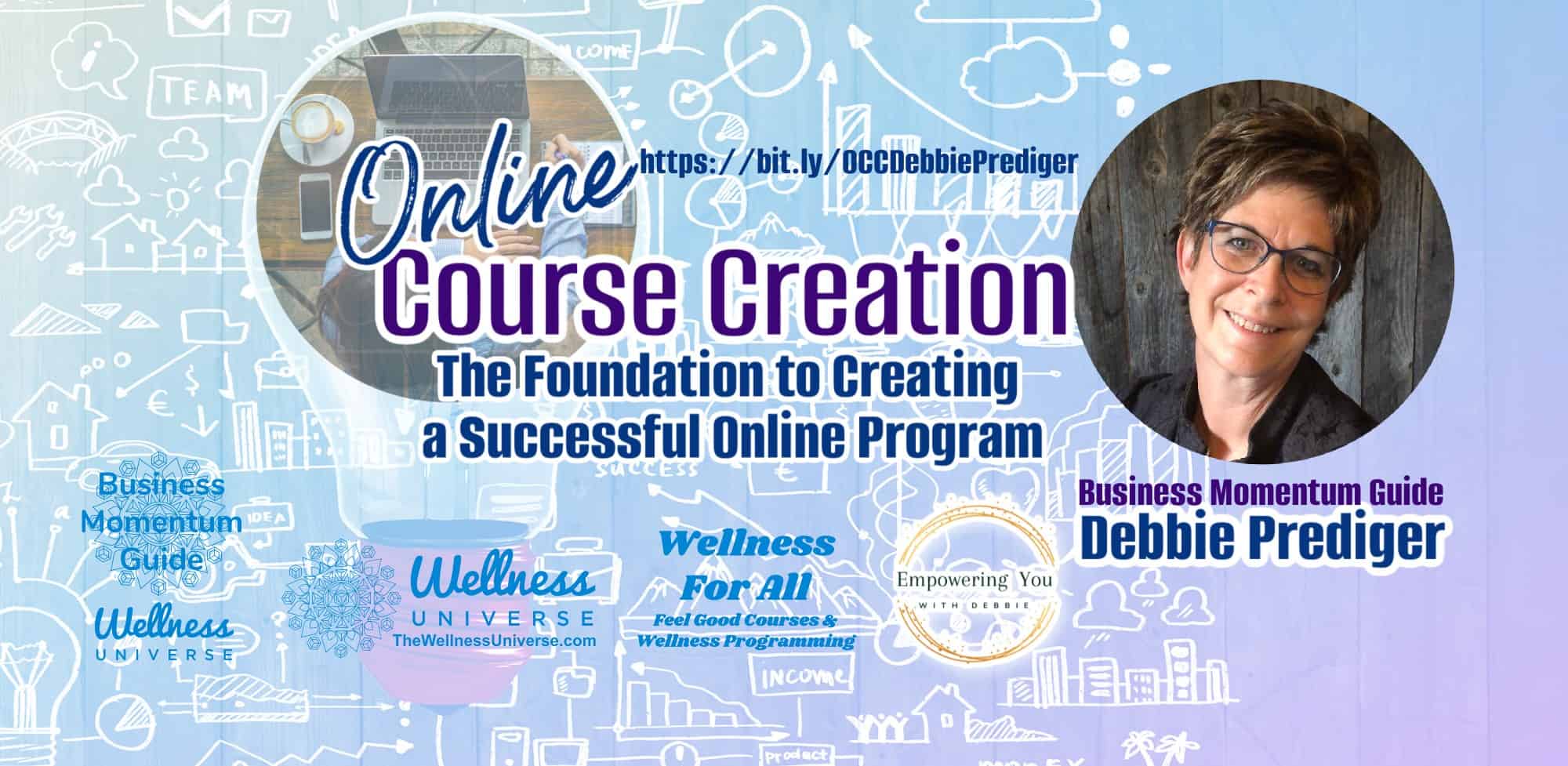Spina bifida is a congenital condition that affects the spine and spinal cord, leading to various physical and neurological challenges. It can significantly impact a child’s physical abilities, development, and overall quality of life. However, with the right support and resources, children with spina bifida can lead fulfilling lives and achieve their full potential. This blog post explores what spina bifida is, the challenges faced by children with the condition, ways to support them, and essential considerations for caregivers, educators, and communities.
What is Spina Bifida?
Spina bifida is a neural tube defect that occurs during the first month of pregnancy when the spine and spinal cord do not form properly. The condition can range from mild to severe and is classified into three main types:
Spina Bifida Occulta
The mildest form, where there is a small gap in the spine but no opening or sac of fluid. Often, it does not cause symptoms or require treatment, and many people with spina bifida occulta may not even be aware they have it. It is usually detected incidentally during imaging for various other reasons.
Meningocele
A moderate form where a sac of fluid pushes through an opening in the baby’s back but does not include the spinal cord. Surgery is usually required to correct it, and while it typically does not involve severe neurological damage, it still necessitates careful medical follow-up and intervention to ensure there are no complications or infections.
Myelomeningocele
The most severe form, where a sac of fluid containing parts of the spinal cord and nerves pushes through an opening in the back. This type often results in significant physical disabilities and requires immediate medical intervention. Children with myelomeningocele may experience paralysis, bladder and bowel control issues, and a higher risk of infections and other complications. This form of spina bifida often leads to lifelong physical and developmental challenges that require ongoing medical care and support.
Challenges Faced by Children with Spina Bifida
Physical Limitations
Children with spina bifida, particularly those with myelomeningocele, may experience varying degrees of paralysis and mobility issues depending on the location and severity of the defect. They may require assistive devices such as braces, crutches, or wheelchairs to move around.
Additionally, these children often face challenges with bladder and bowel control due to nerve damage. Physical limitations can also lead to difficulties with coordination and balance, making everyday activities more challenging and requiring adaptations in their environment and routines.
Regular physical therapy can help maximize mobility and function, but children may still encounter barriers to participating in certain physical activities.
Medical Complications
Spina bifida can lead to several medical complications, including hydrocephalus (excess fluid in the brain), which may require a shunt to drain the fluid.
Other common issues include Chiari II malformation, where brain tissue extends into the spinal canal, and tethered spinal cord, which can cause further nerve damage and loss of function over time.
Regular monitoring and medical interventions are essential to manage these complications and prevent further health issues. Children with spina bifida are also at an increased risk for urinary tract infections and pressure sores, necessitating vigilant medical care and preventive measures.
Continual medical oversight by a team of specialists is crucial to address these complex and interrelated health concerns.
Educational Barriers
Children with spina bifida may have learning disabilities or attention deficit disorders, which can impact their educational performance. They might require special education services or individualized education plans (IEPs) to address their unique learning needs. Cognitive challenges, such as difficulties with memory, organization, and problem-solving, can further complicate their academic progress. Schools must provide the necessary accommodations, such as extended time for tests, modified assignments, and the use of assistive technologies, to support these students in reaching their educational goals. Inclusive education practices and a supportive learning environment are key to ensuring these children can succeed academically and socially.
Supporting Children with Spina Bifida
Medical Care
Ongoing medical care is essential for managing spina bifida. A multidisciplinary approach involving pediatricians, neurosurgeons, orthopedic surgeons, urologists, and physical therapists can provide comprehensive care. Regular check-ups and monitoring can help manage complications and improve the child’s quality of life.
Early and consistent medical interventions, such as surgeries to repair spinal defects or install shunts, are critical in preventing and addressing complications. Coordination among various healthcare providers ensures that all aspects of the child’s health are addressed, from neurological to orthopedic to urological concerns.
Family education and support are also vital components of medical care, helping parents and caregivers navigate the complexities of managing the condition.
Physical Therapy and Rehabilitation
Physical therapy is crucial for children with spina bifida to enhance their mobility, strength, and coordination. Therapists work on exercises and activities tailored to the child’s abilities, helping them achieve greater independence.
Rehabilitation programs may also include occupational therapy to develop fine motor skills and daily living activities.
These therapies can significantly improve the child’s functional abilities and overall quality of life.
Early intervention with physical and occupational therapy can help children develop the skills they need to perform everyday tasks and participate in recreational activities, promoting their independence and self-esteem.
Adaptive sports and recreational programs can also provide opportunities for physical activity and social interaction.
Educational Support
Incorporating inclusive teaching methods and providing educational support is vital. Educators should be aware of the potential learning challenges faced by children with spina bifida and accommodate their needs. This can include modified classroom materials, assistive technologies, and tailored teaching strategies.
Collaboration between teachers, special education professionals, and parents is crucial for developing effective IEPs. Schools should also offer professional development for teachers to help them understand the specific needs of students with spina bifida and implement effective teaching strategies.
Peer education programs can also foster an inclusive environment by promoting understanding and support among classmates.
Providing a supportive and accessible educational environment ensures that children with spina bifida can achieve their academic potential.
Social Integration
Encouraging social interaction and inclusion is important for the overall well-being of children with spina bifida. Activities that involve both able-bodied and disabled children can promote understanding and acceptance.
Peer education programs can help classmates understand the condition and how to support their peers with spina bifida.
Social skills training can also be beneficial in helping children with spina bifida navigate social situations and build relationships.
Inclusive extracurricular activities, such as adaptive sports, arts and crafts, and social clubs, can provide opportunities for children with spina bifida to interact with their peers and develop friendships.
Community events and support groups can also play a role in fostering social connections and reducing feelings of isolation. By creating an inclusive social environment, children with spina bifida can build self-confidence and a sense of belonging.
Creating an Accessible Environment
Creating an accessible home and school environment is essential for children with spina bifida. This includes installing ramps, widening doorways, and ensuring that bathrooms and other facilities are accessible.
Caregivers should also encourage independence by teaching children how to use assistive devices and adapt to their surroundings. Simple adaptations, such as rearranging furniture for easy navigation and using adaptive equipment in the kitchen and bathroom, can make a significant difference in the child’s ability to perform daily tasks independently.
It’s also important to ensure that the child’s school environment is accessible and accommodating to their needs, including providing appropriate seating arrangements, accessible transportation, and modified physical education programs.
Creating an environment that is both safe and empowering can help children with spina bifida thrive.
Encouraging Independence
Promoting independence in daily activities builds confidence and self-reliance. Caregivers should encourage children to participate in tasks like dressing, feeding, and personal hygiene.
Using adaptive tools and consistent routines can help children develop these skills more easily. Encouraging children to take on age-appropriate responsibilities, such as chores or managing their own schoolwork, can also foster a sense of independence and self-worth.
It’s important for caregivers to provide guidance and support while allowing children to take the lead in their own care, helping them develop problem-solving skills and a sense of autonomy.
By fostering independence, caregivers can help children with spina bifida build the confidence and skills they need to navigate the world around them.
Emotional Support
Providing emotional support is crucial. Children with spina bifida may experience feelings of frustration, isolation, or low self-esteem due to their physical limitations. Open communication, patience, and positive reinforcement can help them cope with their emotions.
Support groups and counseling can also provide a safe space for children and their families to share experiences and receive guidance. It’s important for caregivers to be attuned to the child’s emotional needs and to provide encouragement and reassurance.
Helping children build a positive self-image and develop coping strategies for dealing with challenges can greatly enhance their emotional well-being.
Providing opportunities for social interaction and peer support can also help children with spina bifida feel less isolated and more connected to their community.
Community and Societal Support
Advocacy and Awareness
Advocacy for the rights and needs of children with spina bifida is essential. Raising awareness about the condition and promoting inclusivity in schools, workplaces, and public spaces can create a more supportive society.
Advocacy organizations can provide resources, support networks, and policy advocacy to benefit individuals with spina bifida. Community awareness campaigns, educational workshops, and media coverage can help inform the public about spina bifida and the importance of inclusivity.
Policymakers and community leaders should also work to ensure that public spaces, transportation systems, and recreational facilities are accessible to individuals with disabilities.
Access to Resources
Ensuring access to resources such as medical care, assistive technologies, and educational services is vital. Communities should work towards making these resources available and affordable for families.
Libraries, community centers, and online platforms can offer accessible materials and information for children with spina bifida and their families.
Financial assistance programs and insurance coverage can help alleviate the costs associated with medical care and assistive devices.
Schools and community organizations should also collaborate to provide extracurricular programs and recreational activities that are inclusive and accessible to children with spina bifida.
By ensuring these resources are readily available, communities can support the overall well-being and development of children with spina bifida.
Case Studies and Success Stories
Highlighting success stories and case studies of children with spina bifida who have achieved remarkable milestones can inspire and motivate others.
These stories demonstrate that with the right support, children with spina bifida can excel in various fields.
For example, consider the story of John Smith, a young athlete with spina bifida who has competed in numerous wheelchair racing events and won several medals. His achievements show that physical limitations do not define one’s potential. John’s dedication to his sport and his success in competitions highlight the importance of inclusive sports programs and the positive impact they can have on children with disabilities.
Another inspiring case is that of Jane Doe, a student with spina bifida who, with the support of her school and family, graduated at the top of her class and is now pursuing a degree in engineering.
Her determination and the support she received highlight the importance of a supportive educational environment. Jane’s story underscores the significance of accessible educational resources, personalized learning plans, and the encouragement of teachers and family members in helping children with spina bifida achieve academic success.
Supporting children with spina bifida requires a multifaceted approach involving caregivers, educators, healthcare professionals, and the broader community. By understanding their challenges, providing appropriate resources, and fostering an inclusive environment, we can help children with spina bifida reach their full potential and lead fulfilling lives. It requires a concerted effort from all sectors of society to ensure that these children have access to the opportunities and support they need.
With the right interventions and a supportive community, children with spina bifida can achieve remarkable success in academics, careers, and personal endeavors, demonstrating that their condition is not a barrier to a rich and meaningful life.
This journey involves continuous learning, adaptation, and collaboration, but the outcomes are profoundly rewarding for the children, their families, and society as a whole.
All information, content, and material are for informational purposes only and are not intended to serve as a substitute for the consultation, diagnosis, and/or medical treatment of a qualified physician or healthcare provider. The information supplied through or on this page, or by any representative or agent of The Wellness Universe, is for informational purposes only and does not constitute medical, legal, or other professional advice. Health-related information provided through this website is not a substitute for medical advice and should not be used to diagnose or treat health problems or to prescribe any medical devices or other remedies. The Wellness Universe reserves the right to remove, edit, move, or close any content item for any reason, including, but not limited to, comments that are in violation of the laws and regulations formed pursuant to the Federal Food, Drug, and Cosmetic Act. None of the posts and articles on The Wellness Universe page may be reprinted without express written permission.
Online Course Creation: The Foundation for Creating a Successful Online Program
Designed for highly motivated online business owners seeking to launch a successful course or program will find the know-how, experience, and proven success in this multi-level course.
Catch the replay – https://bit.ly/OCCDebbiePrediger

see how our self-care books are helping thousands of people around the world. Digital and paperback books are available now.
Connect to the people that help you live your best life: The Wellness Universe
The Wellness Universe is your resource for health, wellness, well-being, and transformation. We serve and support professionals who make the world a better place and individuals and groups who seek their best life.
A woman owned company; having the vision in 2013, Anna Pereira launched the first directory in 2015 bringing together a community of members making the world a better place to be found by those seeking their best life. The Wellness Universe has grown since then to be a one-stop shop for total wellness support! We are a vetted community, online directory, book publisher, resource center, event producer, content platform, and so much more, supporting whole-health and well-being on a global scale.
The Wellness Universe is a home that connects industry professionals in the health, wellness, and well-being fields to seekers of total well-being. WU provides our WU World-Changer members with peer support, Wellness Universe produced events (live and online), projects, visibility, business mentoring, and community. Through The Wellness Universe our WU World-Changer members serve WU Friends, seekers of health, wellness and transformation, with coaching, workshops, content and more.
The Wellness Universe provides individuals and groups seeking their best lives with access to our members, wellness content, educational resources, and guidance in all areas of wellness to transform visions of how they want to live life into the life they experience.
Through the directory, WU Featured Blog, SoulTreat wellness retreat, Self-Care Books, group well-being programs, and online learning center, The Lounge, The Wellness Universe provides many avenues to support whole health, mind, body, spirit and planet.
Join us today! Wellness Professional or Seeker of Your Best Life





